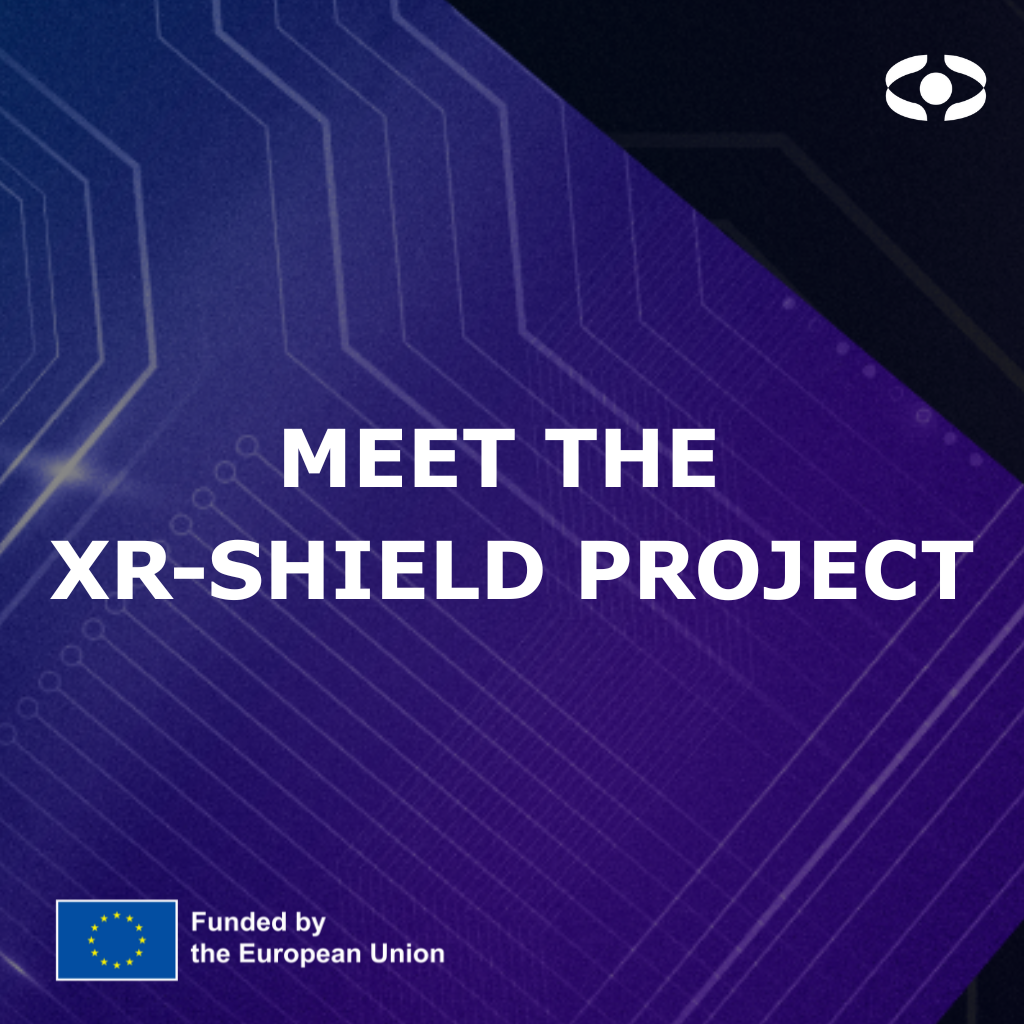1. Can you briefly explain what your project is all about? What’s unique about it?
XR-SHIELD addresses critical challenges in the maritime industry by enhancing ship hull inspections through advanced eXtended Reality (XR) technologies. Traditional inspections are labor-intensive, expensive, and risky, requiring human access to hazardous areas. The maritime industry faces high costs from inspection expenses and operational downtime, especially during dry-docking. These issues are further compounded by limited access to certain ship areas and the physical dangers involved. XR-SHIELD provides an innovative solution, through SERMAS Toolkit, by integrating augmented reality (AR) applications with artificial intelligence (AI), enabling on-site workers and remote experts to collaborate in real-time. AR devices enable inspectors to conduct detailed ship inspections remotely, cutting time, costs, and improving safety.
2. What’s the biggest milestone with your project your startup(s) have achieved so far, and what has surprised you most on this journey?
Our biggest milestone so far is the ability to enable real-time remote collaboration between an on-site inspector and a remote expert during ship hull inspections to streamline the process of recording, annotating and reviewing media (photos, video, drone footage) using Augmented Reality (AR) to improve safety, inspection accuracy and speed of decision making.
3. How did you measure success?
We set qualitative and quantitative Key Point Indicators such as Reduction in inspection time, decrease in inspection costs, user satisfaction, product adoption increase, operational downtime reduction which will be measured during and at the end of the pilot tests. Among these criteria there are also criteria related to the involvement of SERMAS such as Successful Integration of selected SERMAS components, Integration of SERMAS Toolkit models / tools etc.
4. What are your goals over the next three and six months?
For the next three months our goal is to finalize the solution and run the pilot tests at Glafcos premises to validate the XR-SHIELD system. The pilot test will involve a broad range of stakeholders, including shipyard workers, management and regulatory bodies. Surveys and interviews will be conducted to gather insights into user experiences, perceived benefits and potential concerns regarding the adoption of XR-SHIELD. These feedback sessions will focus on aspects, such as ease of use, impact on workflows and overall satisfaction. This participatory approach will ensure that the technology is both technically sound and socially accepted by the end-users.
For the next six months our goal is to raise awareness to the broad or targeted audience about the project’s goals, innovations and potential impact. It is a very important procedure for attracting potential partners and industry stakeholders who are the adopters of the solutions, hence paving the way for exploitation after the end of the project.
5. How has SERMAS helped you during the past few months?
SERMAS provides very important support in three areas a) financial – with the offered grant b) consultancy – through constructive feedback and guidance every month from our mentors c) technological – as we are in the process of integrating new ideas and technologies based on the offered SERMAS components.

